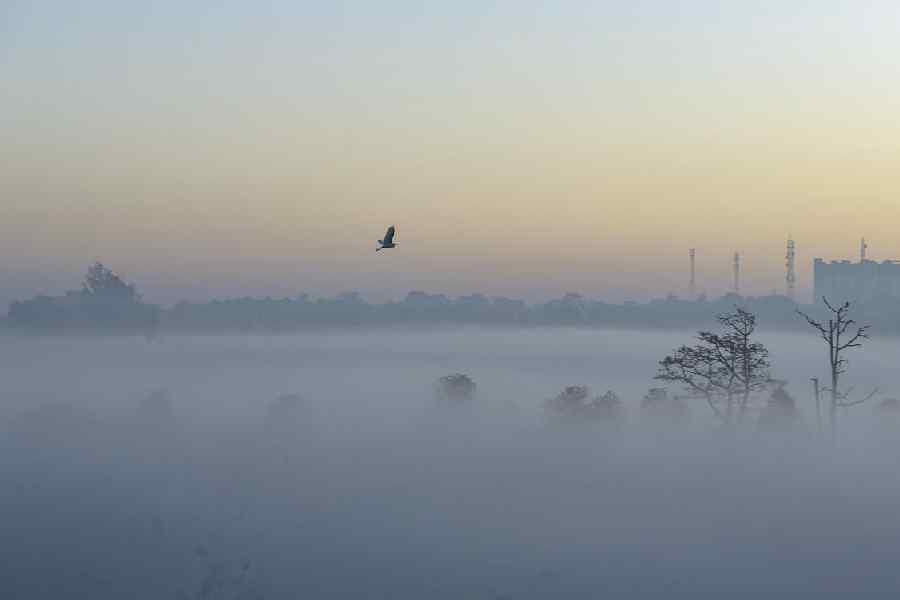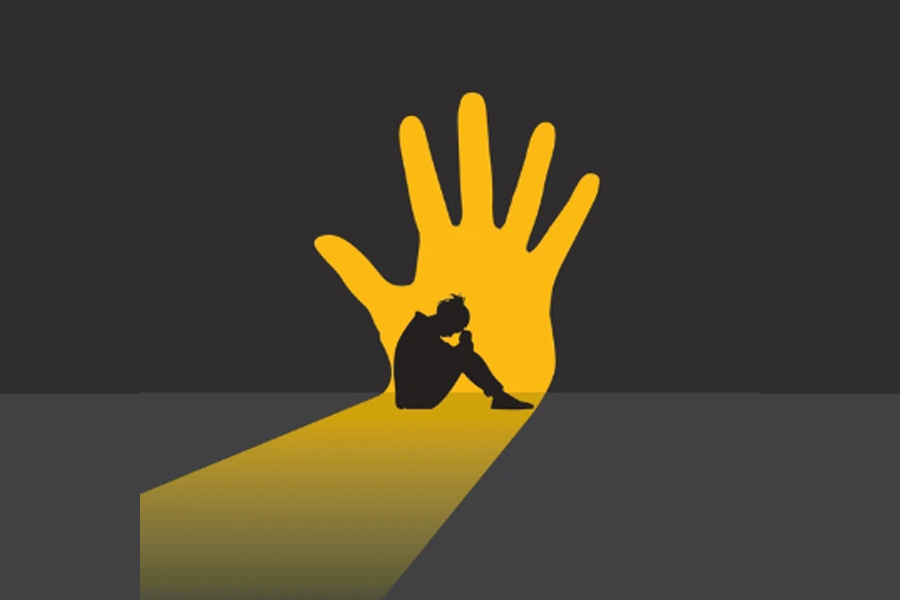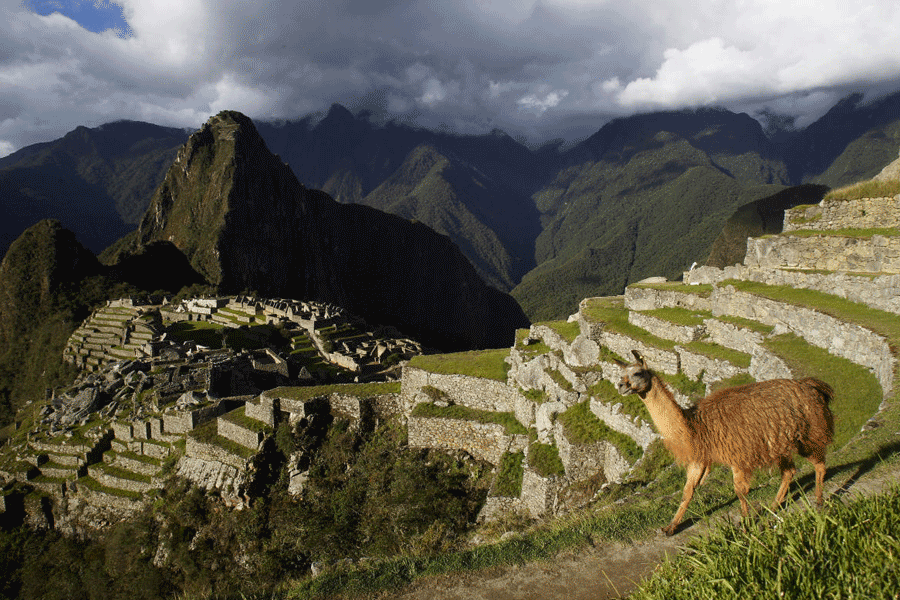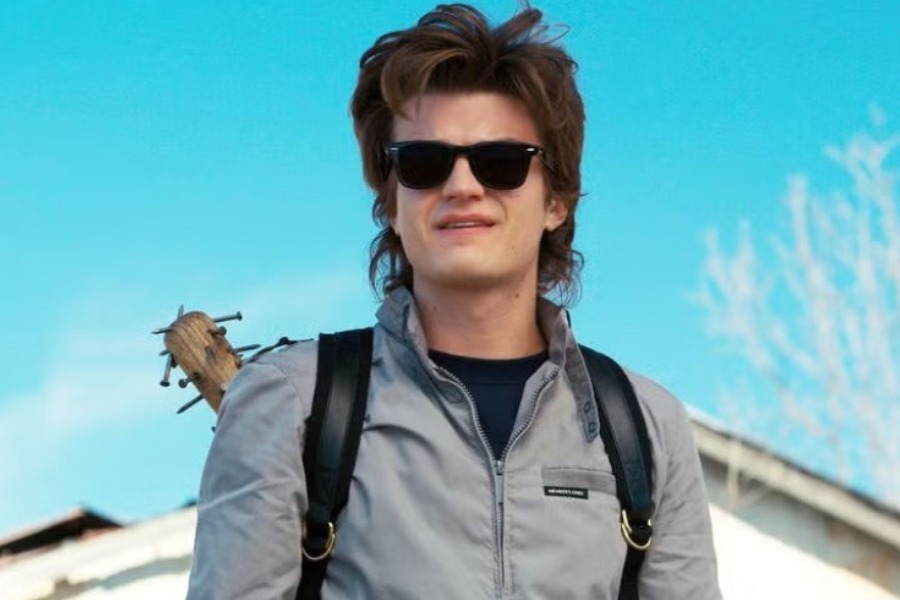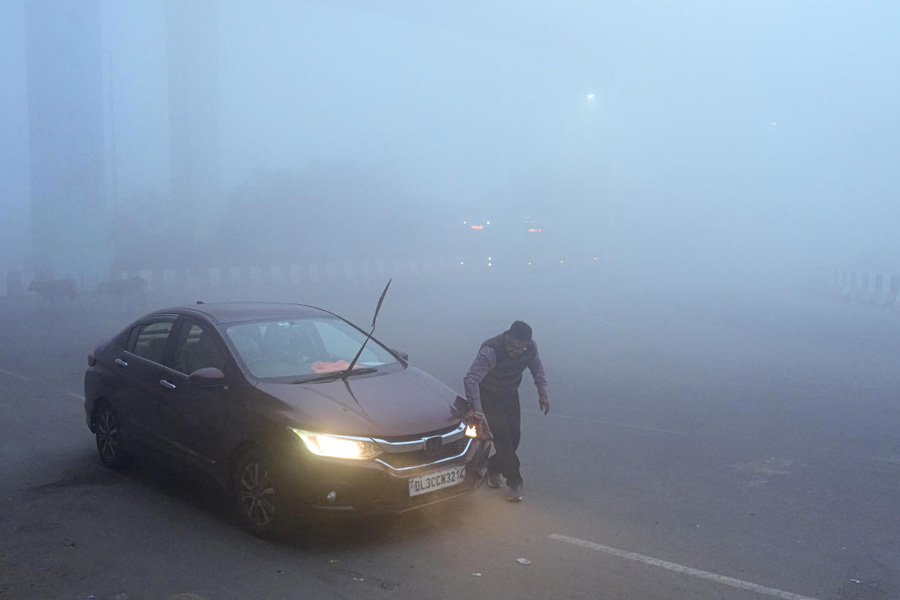Archaeology and myth have been made to face each other by a legal order. The Allahabad high court has ordered the Archaeological Survey of India to excavate the site of the Babri Masjid and to establish if any structure predating the 16th century mosque existed or not. If a structure did exist,what was the structure? The excavations when completed could establish a physical proof one way or another. The order is significant. It is the first concrete step to resolve beyond doubt a controversy created and fomented by the sangh parivar. It is an article of faith among Hindu fundamentalist politicians that the Babri mosque was built on the site of a temple to commemorate the birthplace of Rama. Tall and absurd claims have been made on the basis of this faith. The latest in a long line has been the one of Mr Ashok Singhal of the Vishwa Hindu Parishad. He claimed that a ground-penetrating radar survey had revealed the existence of a temple. All that the survey had suggested was the existence of a structure. By a characteristic sleight of hand Mr Singhal had made the structure into a temple. Another long-standing claim is that the mythical hero, Rama, was actually born in Ayodhya. This point is not susceptible to any kind of historical proof. But the existence of a structure and the nature of structure can actually be proved. This is where archaeology, myth and law converge and overlap.
The politics that underpins the entire mandir-masjid controversy is revealed in the initial reactions of all the parties concerned. The VHP, the Ramjanmabhoomi Trust as well as the Central Sunni Waqf Board and the All-India Babri Masjid Committee, all initially expressed their disapproval of the court order. The non-existence of a temple would render null and void all the claims made by the VHP and the Ramjanmabhoomi Trust. They would not only lose their credibility but also some of the momentum of a similar campaign focussed on Mathura and Varanasi. The Muslim organizations also fear excavation because they are uncertain of the outcome. Mughal emperors did, for various reasons, destroy Hindu places of worship. A definitive proof of this in Ayodhya will make a Ram mandir on the site of Babri Masjid a fait accompli and will open up possibilities of further attacks on Muslim shrines and of communal violence.
The Babri Masjid issue has been charged with myth and passion and not a little violence. The Allahabad high court has attempted to steer the matter in the direction of some kind of proof and truth. The results of the excavation, given the hothouse ambience that surrounds the dispute, may not resolve the matter completely. If, for example, no temple is discovered, will the VHP accept it? Will steps be taken to rebuild the Babri Masjid? If the remains of a temple are indeed found,will the government, Central and state, be in a position to control the repercussions? Such questions are, of course, outside the remit of the court. It has taken the best possible stand by forcing archaeology to confront myth.





